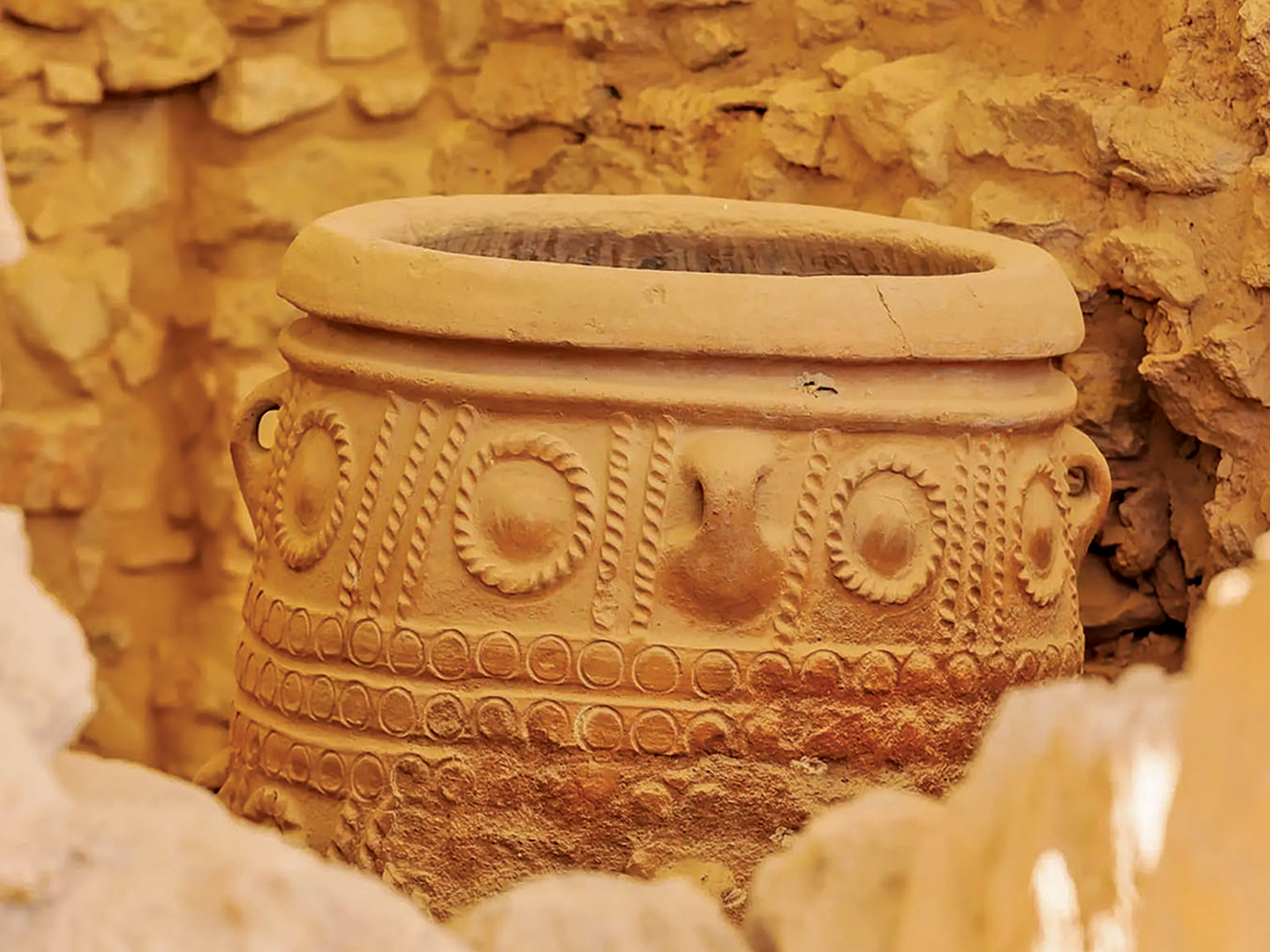In today’s change-filled world, God is ubiquitously displaying His creativity to provide for our most important needs. God’s creative providence fulfills what we need to solve the challenging problems of daily living. Something similar is exhibited in the world of nature. Creatures are built with traits that adapt to the situations that surround them.
The Eurasian Woodcock (Scolopax rusticola) looks like a skinny-legged needle-billed shorebird. Why is it found living in the woods?
This skinny-legged worm-gobbler illustrates how a set of traits and skills that are successful in one situation can also be applied successfully to a completely different situation. It’s like re-tooling a factory to produce something completely different when situational needs change. Can we learn a lesson of flexibility from this bird?
The Eurasian Woodcock, like its cousin the American Woodcock (Scolopax minor), is not a flashy or flamboyant bird—like a peacock. Rather, woodcocks prudently prefer to keep a low profile.
But, considering the anatomy of these woodcocks, one would expect them to live at the beach, like similar-looking wading shorebirds (such as sandpipers, snipes, and phalaropes) that probe tidal mudflats for food. Yet, woodcocks slurp up earthworms in what biome ecologists call “wet woods” and in similarly moist areas dominated by trees, where they often dwell, unseen by human eyes.
Specifically, wearing their woodland-camouflage plumage, woodcocks are easily bypassed by busy woodland hikers in mixed hardwood-evergreen forests—and, more importantly, by potential predators.
Guided by its eyes that are set high and far back (which have 360° monocular vision), the woodcock uses its long thin bill to probe and pick edible material from, or under, wet surfaces, such as muddy meadows, wet woods dirt, and moist thicket soil.
The woodcock’s bill is routinely successful finding food. They mostly eat earthworms, but also bugs, larvae, snails, and seeds. Although the woodcock is hidden in plain sight, it is a hugely hungry hunter, sometimes eating its own weight in earthworms every day!1
They even use their wings to imitate rainfall on the ground, which prompts earthworms to rise to the surface.2
This fake-rainmaking behavior is described by creation ecologist Tom Hennigan in his article about the American Woodcock.
[So] how did drumming the ground bring the woodcock family from famine to feast? Amazingly enough, mama woodcock was aware of the habits of earthworms. She knew that in dry conditions, they squirm to the lower, moist depths of the soil. However, she was also aware of another quirk in their behaviour! When it rains, worms can sense the ground vibrations caused by raindrops. When this happens, they quickly propel themselves to the soil surface so they won’t drown. Therefore, when the mother beat the ground, she and her family were able to leave the area with their hunger pangs satisfied.3
Obviously, this clever bird was programmed to continuously track it environment and to have some level of understanding of sensory information it receives. It also uses complex overlapping depth-perception vision, exquisite hearing, a tweezer-like bill with highly sensitive nerve endings, and sensitive feet that are “designed to feet ground vibration” and “help to pinpoint a worm’s location.”3 This allows it to quickly catch edible worms before they escape! God is the brilliant bioengineer who built the woodcock’s bill, so that it can do what it does and do it well.
And the woodcock is just one illustration from a variety of creatures made by God, for His glory.4 And that is another lesson we can learn from the woodcock: God is ubiquitously displaying His creativity, His creative programming, and bioengineering to fit what He knows will be needed to solve the challenging problems of daily living. If he does this for birds, how much more will he do that for us!5
In summary, why do woodcocks—which are built with bodies that resemble shorebirds—use their traits and skills to succeed in completely different inland habitat? Because God has designed and bioengineered Eurasian and American woodcocks to be fruitful, multiply, and fill certain parts of the earth with whatever programming they need to succeed.
Obviously, God loves variety, in both earthly creatures and their habitats!6
So, just because a woodcock looks like it would succeed living on a tidal mudflat, eating whatever the tidewaters wash upon the beach does not mean that the woodcock is limited to succeeding on a beach like a shorebird. Rather, woodcocks—as their name suggests—enjoy living (and thriving) in the woods, specifically, “wet woods” that are literally crawling at night with earthworms!
References
1. Benvie, N. 2004. Scotland’s Wildlife. Edinburgh, UK: National Trust of Scotland, Aurum Press, 56. As Psalm 104:20 indicates, many animals, such as the Eurasian Woodcock, are most active at nighttime.
2. The amount of wisdom that God has caringly provided to birds is still being discovered, in one amazing discovery after another. Johnson, J.J.S, 2017. Clever Creatures: “Wise from Receiving Wisdom”. Acts & Facts. 46(3):21.
3. Hennigan, T. 1997. American Woodcock: A Wonderfully Bizarre Bird. Creation. 19(4): 54-55.
4. Revelation 4:11, Psalm 104:17-31.
5. Johnson, J.J.S. 2013. God Fitted Habitats for Biodiversity. Acts & Facts. 42(3):10-12.
6. Matthew 6:26.
*Dr. Johnson is Associate Professor of Apologetics and Chief Academic Officer at the Institute for Creation Research.







